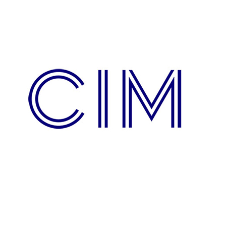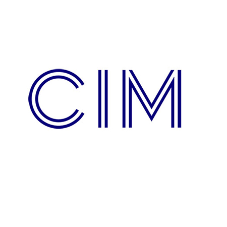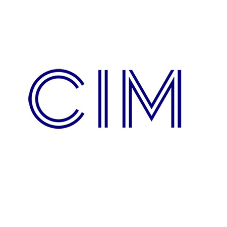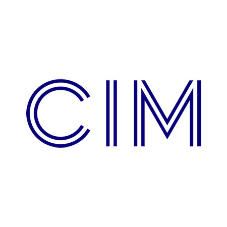Guest post provided by Chris Ashworth
For the construction product manufacturer, marketing to architects is a key business strategy; creating awareness of products so that they’ll be included in designs, thereby creating ‘demand pull’ through the supply chain, and eventually sales.
The architect is one of the most important members of the design team. The architect acts as the node between the client, main contractor, specialist contractor and many others to ensure the right products are selected and installed correctly. The architect will develop the buildings’ design, taking the client’s brief and combining it with the advice of the consultants.
Here are some facts to consider:
• Approximately 80% of Architectural firms have fewer than 10 staff, therefore architects are time poor and consequently hard to get hold of.
• Architects are well educated, hold a high level of responsibility and are very busy individuals who have a creative yet practical approach.
• Architects want to understand how your product contributes to their overall design and the building’s performance.
What is the architect's influence on specification?
The first stage of a project will be to secure outline planning permission. At this stage the design is a concept but with the key criteria confirmed. Planning approval will be granted based on this concept, often with a series of negotiations between planners and the architect.
The architect will then develop the buildings’ design, taking the client’s brief and combining it with the advice of the consultants. At this stage he may take advice from consultant and/or contractor on detailed aspects of design and possibly product selection. Working with the architect will be engineers responsible for structural, mechanical and electrical design.
The architect starts with the client’s needs in terms of how the building is to be used and how the client wishes to be perceived. This then has to be developed to meet the requirements of the Building Regulations. Other factors that are increasingly influencing specification are sustainability, and Health & Wellbeing, as data becomes available that demonstrates a pleasant working environment can improve productivity in an office, or increase spend in a retail environment.
Finally, there will be the quantity surveyor, main contractor and specialist sub-contractors proposing alternatives very often as cost savings. It is the architect’s role to safeguard the design, whilst maintaining costs and meeting regulations.
How to influence architects
A good approach to opening doors is to use CPD seminars. These should be well written and thoughtfully compiled. Done properly a CPD seminar can establish the sales person as a trusted advisor and raise the importance of your products in the mind of the architect.
When seeking construction product information our research, Construction Media Index research shows the manufacturer is still the preferred source through meetings, phone calls, emails and websites. After that it is online search and product information resources, such as Barbour Product Search.
Architects are often ‘small businesses’ so are time poor and consequently hard to get hold of. Think carefully about how to communicate with the architect, choosing your channels of communication carefully and presenting the appropriate product information in an easy to access format.
Incorporating Building Information Modelling (BIM) into your specification strategy is important, providing BIM content for the design team means the design team has a greater understanding of the product and how it works in the design overall. All of this makes the architect’s life easier, as well as saving time. As BIM is adopted we can anticipate that the current supply chain relationships will change. BIM promises greater transparency and less risk in the construction process and discussion about product selection should take place at Stages 2 or 3 of the Plan of Work.
The decision to specify a product is based on many factors, some of them conflicting. The overriding concern is that it is fit for purpose, performing its role effectively and throughout the design life of the building. Architects will be considering the image of your product and how it supports their overall design, they will also want to understand how it helps meet any sustainability objectives and building regulations.
Competitive Advantage have developed an Architect Persona which is available for you to purchase and download.
Further Information
Promoting your company and building products with Barbour Product Search can help to increase your visibility to the full specification audience. Email editor@barbourproductsearch.info for more information.
Sign up to the Competitive Advantage newsletter for an overview of construction market activity as well as construction sales and marketing advice.
Chris is a specialist in specification strategy and founder of Competitive Advantage Consultancy which specialises in market research and training for the construction industry. He is a member of the BIM4M2 steering group and Deputy Chair of the organising committee for CIMCIG, the Chartered Institute of Marketing’s Construction Industry Group.


![Communicating with specifiers & developing a personalised persona [EVENT] Communicating with specifiers & developing a personalised persona [EVENT]](/net/blogentry/00/04/48/th382.png)







![A strategy for communicating with specifiers [EVENT] A strategy for communicating with specifiers [EVENT]](/net/blogentry/00/03/82/th382.png)